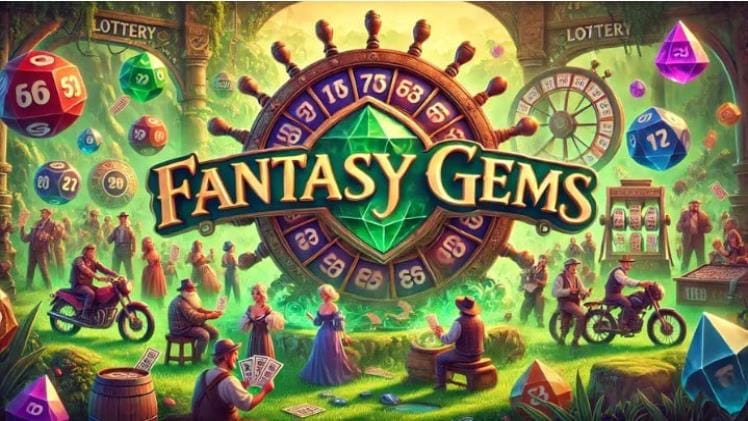In recent years, color prediction games have emerged as a surprising force in the mobile gaming landscape, particularly in Southeast Asia and Africa. These games, which challenge users to predict the outcome of a randomly generated color—often red, green, or violet—have captivated millions with their simplicity, speed, and the tantalizing possibility of real-money rewards. What began as a niche form of entertainment has rapidly evolved into a cultural and economic phenomenon, reshaping how people engage with mobile technology in regions where digital infrastructure is expanding at breakneck speed.
This article explores the factors fueling the explosive growth of color games in Southeast Asia and Africa, examining the technological, economic, and social dynamics that have made these platforms like Jalwa game login so appealing—and so controversial.
Table of Contents
- 1 Mobile-First Economies and the Rise of Lightweight Gaming
- 2 Economic Appeal and the Promise of Micro-Earnings
- 3 Social Media and Influencer Ecosystems
- 4 Regulatory Ambiguity and the Legal Gray Zone
- 5 Cultural Resonance and the Psychology of Play
- 6 The Road Ahead: Innovation, Regulation, and Responsibility
- 7 Conclusion: A Mirror of Digital Transformation
Mobile-First Economies and the Rise of Lightweight Gaming
Both Southeast Asia and Africa are home to some of the fastest-growing mobile-first economies in the world. In these regions, smartphones are often the primary or only means of accessing the internet. This mobile-centric reality has created fertile ground for lightweight, data-efficient games that can run on low-end devices and function with limited connectivity.
Color prediction games fit this mold perfectly. They require minimal storage, load quickly, and offer instant gratification. In Southeast Asia, mobile games already account for over 70% of gaming revenue, far outpacing PC and console gaming. Similarly, Africa’s mobile gaming market is projected to surpass $1 billion in revenue, with countries like Nigeria, South Africa, and Kenya leading the charge.
Economic Appeal and the Promise of Micro-Earnings
In regions where unemployment and underemployment remain persistent challenges, color games offer more than just entertainment—they offer hope. The promise of turning a small wager into a meaningful payout resonates deeply with users seeking supplemental income. For many, these games are framed not as gambling but as a form of digital side hustle.
This economic appeal is amplified by aggressive marketing tactics. Platforms often highlight testimonials of users who have “won big,” and influencers promote referral codes that promise passive income. The result is a perception that color games are not just games, but opportunities—accessible, low-risk, and potentially life-changing.
Social Media and Influencer Ecosystems
The viral spread of color games owes much to the power of social media. In both Southeast Asia and Africa, platforms like WhatsApp, Facebook, and TikTok serve as primary channels for digital discovery. Influencers and micro-creators play a pivotal role in promoting color games, often sharing gameplay videos, strategies, and referral links.
These influencers act as cultural translators, framing the games in ways that resonate with local audiences. In the Philippines, for example, color games are often positioned as “piso-to-piso” challenges, while in Nigeria, they are marketed as smart betting alternatives. This localization strategy has helped platforms penetrate diverse markets with remarkable speed.
Regulatory Ambiguity and the Legal Gray Zone
One of the reasons color games have proliferated so rapidly is the lack of clear regulatory oversight. In many countries, these games are not classified as gambling because they are framed as games of skill or entertainment. This legal ambiguity allows platforms to operate without licenses, avoid taxation, and sidestep consumer protection laws.
However, this regulatory vacuum also raises concerns. Without oversight, users are vulnerable to fraud, addiction, and unfair practices. Some platforms have been accused of manipulating outcomes or withholding withdrawals. As the industry matures, calls for regulation are growing louder, with policymakers grappling with how to balance innovation with consumer safety.
Cultural Resonance and the Psychology of Play
Beyond economics and technology, color games tap into deeper cultural and psychological currents. In many Southeast Asian and African societies, luck-based games have long been part of social life—from street-side coin tosses to traditional betting games during festivals. Color prediction games modernize these traditions, offering a digital twist on familiar rituals.
The games also exploit universal psychological triggers: the thrill of uncertainty, the dopamine rush of a win, and the illusion of control. These elements make color games highly engaging, even addictive. For users navigating economic uncertainty or social isolation, the games offer a sense of agency and excitement.
The Road Ahead: Innovation, Regulation, and Responsibility
As color games continue to grow, the industry faces a crossroads. On one hand, the potential for innovation is immense. Developers are exploring new formats, integrating blockchain for transparency, and experimenting with gamified financial education. On the other hand, the risks of unchecked growth are real. Without ethical design and regulatory frameworks, the very users who find hope in these games may end up harmed by them.
The future of color games in Southeast Asia and Africa will depend on how stakeholders—developers, regulators, influencers, and users—navigate this tension. If done right, these games could evolve into platforms that combine entertainment with empowerment. If not, they risk becoming digital traps disguised as opportunities.
Conclusion: A Mirror of Digital Transformation
The explosive rise of color prediction games in Southeast Asia and Africa is more than a gaming trend—it’s a reflection of broader digital transformation. It reveals how mobile technology, economic aspiration, and cultural adaptation intersect in powerful ways. As these regions continue to shape the future of global gaming, color games stand as both a symbol of possibility and a cautionary tale.




